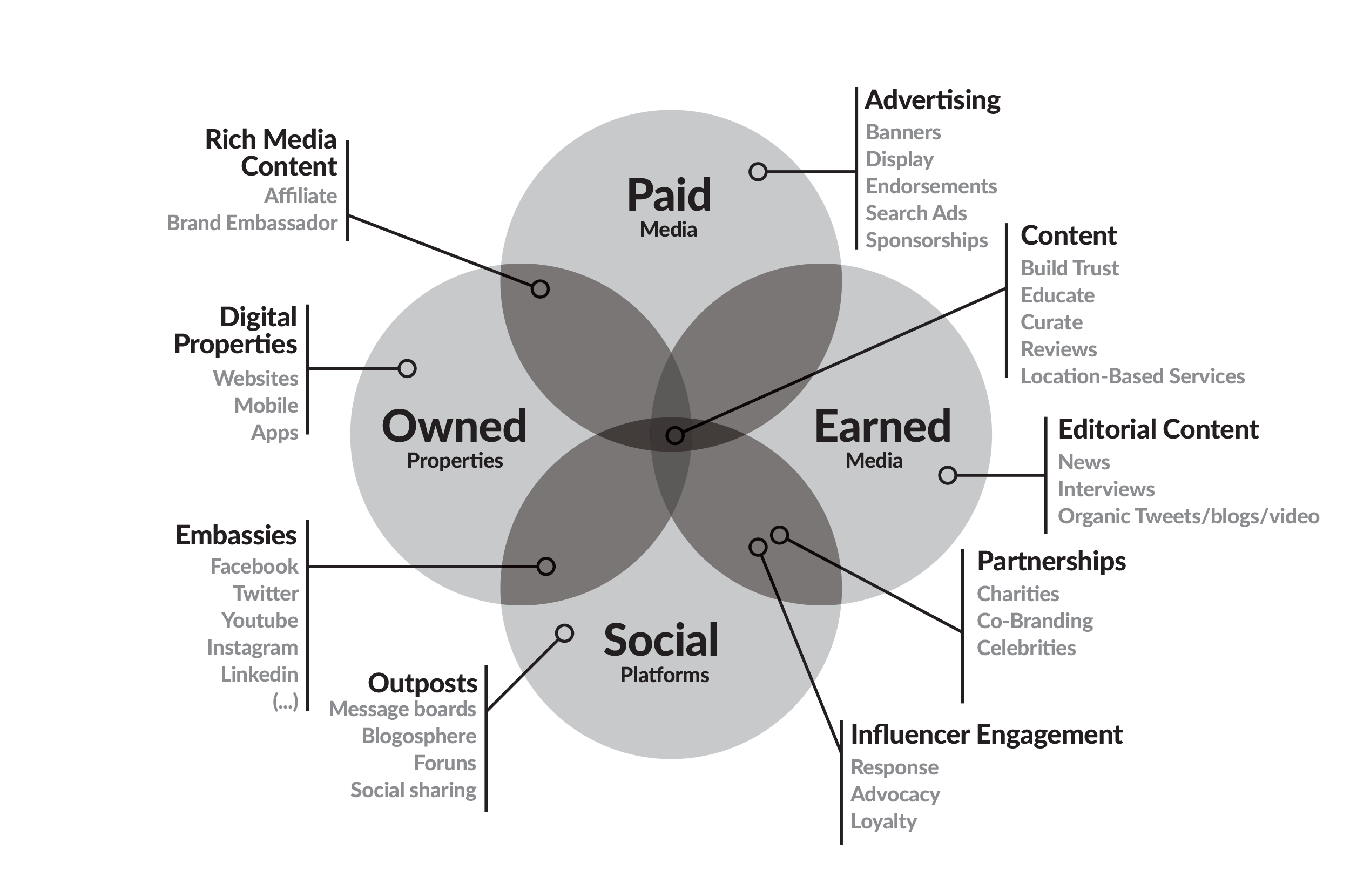01
Kick-Start Your Storytelling With Headlines
Once you define your story’s essential elements and arc, you’re likely eager to communicate these principles to current and would-be customers.
However, even the best ideas can seem like duds when communicated poorly. Conversely, we’ve all experienced what great storytellers can do with
otherwise banal material – even when they describe an ordinary occurrence, we hang on to their every word.
One hallmark of talented communicators is their ability to package essential ideas in simple and alluring terms. We refer to these commanding statements as headlines, both literally in written communication and figuratively in spoken storytelling.
When greeted with a clear and intriguing headline, your audience won’t struggle to find the right point of entry for your story. Rather, they’ll be immersed in your narrative instantly.
When writing headlines for your brand’s story, ask yourself these questions:
· Does your sentence work out of context? If a stranger stumbled across your headline unprepared, would it make enough sense to keep them reading?
· Does it make you want to learn more? Is your headline clear enough to pull your audience in, while also indicating there’s more interesting information to come?
· How easy is it to understand? Is your message hampered by jargon or ambiguous terms that will alienate your audience?
·Are all the words necessary? Is your headline bogged down in language you could really do without?
02
Make Your Brand’s Story Seen
No marketer is unfamiliar with the power of images in principle: Any presentation or advertisement that relies on solid blocks of text alone is unlikely to impress. But the power of graphical content in storytelling hinges on function, not beautification for its own sake.
Just as the story serves to organize data in digestible and memorable forms, images can represent facts in holistic harmony. For instance, recall the last
few slide presentations you witnessed: Are you more likely to remember isolated figures exactly or the general slope of a graph?
This thought experiment demonstrates that images can be an especially effective means to present relationships between data.
By leveraging each visual presentation when appropriate, you can convey a complex array of data economically. But remember that in graphical content, simplicity rules supreme. As with your headlines, consider how your graphs can be stripped of peripheral elements that could obscure the true story you’re trying to tell.
